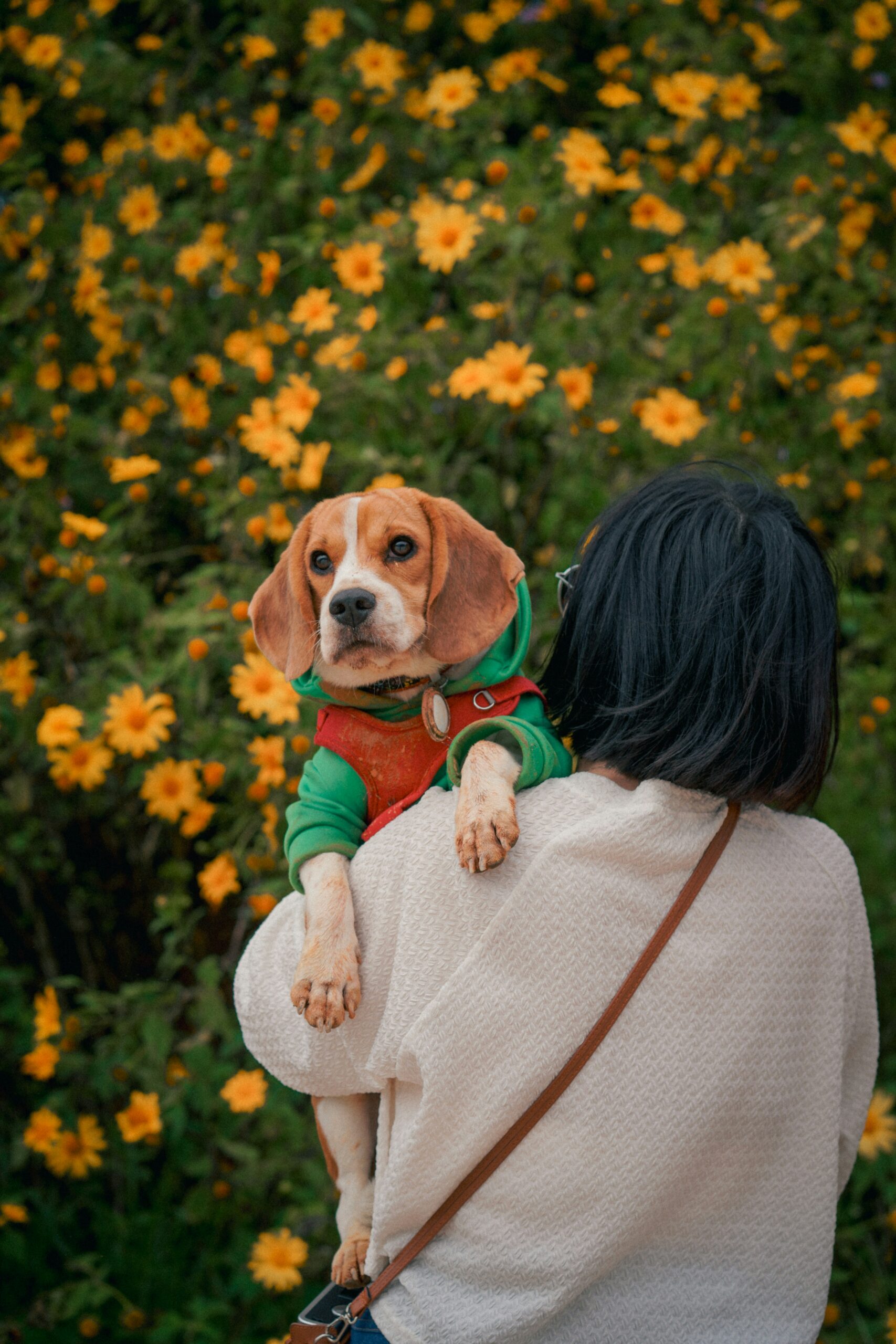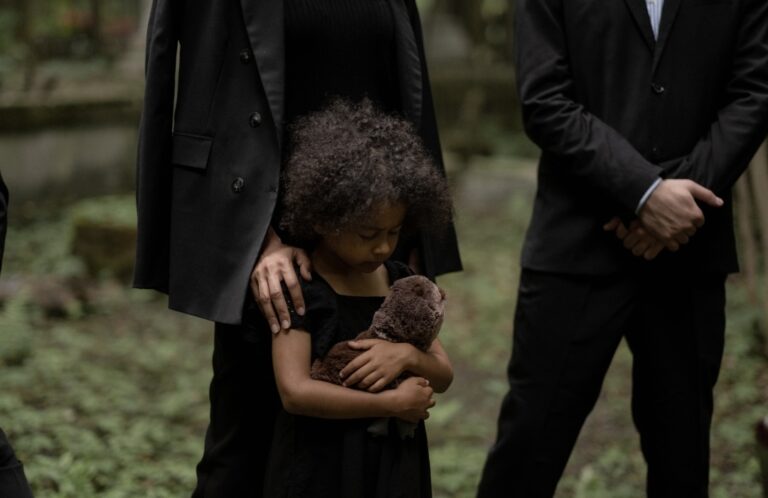Pets play a significant role in the lives of children. They offer companionship, teach responsibility, and provide unconditional love. The bond between a child and a pet can have an intense significance, influencing a child’s emotional and psychological development in numerous positive ways. The life cycle of pets is often shorter than that of humans, which introduces children to the concept of mortality and the end of life.
Companionship and Emotional Support
For many families, pets are more than just animals; they are friends and confidants. They are the other family members. Pets can help reduce feelings of loneliness and anxiety. The presence of a pet can provide comfort and a sense of security, especially in times of stress or change. Children often form strong attachments to their pets, considering them family members, often siblings.
Teaching Responsibility
Having a pet teaches children about responsibility and empathy. Daily tasks such as feeding, grooming, and walking a pet instill a sense of routine and accountability. These activities help children develop a sense of duty and the understanding that their actions directly affect another living being. This sense of responsibility can extend to other areas of their lives, fostering a caring and nurturing attitude.
The Circle of Life
The inevitable loss of a pet can be a child’s first encounter with death. This experience, while painful, provides a valuable lesson about the natural cycle of life. It offers an opportunity for parents to discuss the concepts of life, death, and grief in a personal and understandable context.
Through the grieving process, children can learn that feeling sad, missing their pet, and expressing their emotions is normal. Parents can guide their children through healthy coping mechanisms and provide support as they navigate their feelings of loss. This early exposure to death can help build resilience and prepare children for future losses they may encounter.
My Personal Experience with Pet Loss
We always had pets in the home growing up. They’ve always been there, whether it was a chubby orange tabby or a dog. And I’ve experienced all their deaths. I remember all of them. As a mom, I know that one day in the future, our daughter will experience the loss of her two best friends, our dog and our cat. She’s already experienced the loss of one dog and cat but was under age three, so she doesn’t recall the loss, but she did have a reaction to the sadness and crying of her father and myself at those times.
About a year ago, when she was four, she was with my mother, who had to euthanize a cat due to old age. She had asked about the cat, and my mother stated that the cat had died because he was old, and her response was, “Well, why didn’t you change his batteries, grandma?”
With that, we learned a valuable lesson: the words we use and the timing of speaking to kids about loss matter. They matter so much. We must use proper words, and we must inform the children in an age-appropriate way that animals, plants, and people can die and what that means. Phones, toys, and power do not “die” but do cease to work. Batteries can be changed, and they will work again. The cat does not have batteries because the cat is a living creature.
Supporting Children Through Pet Loss
When a pet dies, it’s important to provide a supportive environment where children feel comfortable expressing their grief. It’s important to be honest with the child. Use simple and clear language to explain what has happened but avoid euphemisms that might confuse them. A parent must encourage Expression as well. Allowing children to talk about their feelings and memories of their pet and participating in creative activities like drawing or writing can also help.
Creating Rituals as a family, such as holding a small ceremony or creating a memory box, can provide closure and help children say goodbye. Even relating it to the family’s religious practices could help the child understand the rituals of their faith for the future. It’s important to offer reassurance. Remind children that it’s okay to feel sad and that their feelings are valid. Reassure them that grieving is a natural part of loss. Read with your child. Books that address pet loss in an age-appropriate manner are available, and many are available through Pollen. Reading together can open discussions, provide comfort, and create that extra guidance that the parent might also need in assisting their grieving child due to their own grief experiences.
The relationship between children and their pets is incredibly special and offers countless benefits. While the loss of a pet is painful, it also provides a unique opportunity for children to learn about the end of life and develop coping skills that will serve them throughout their lives. By supporting children through the experience of pet loss, we help them build resilience and a deeper understanding of life’s natural cycles. By sharing our experiences and providing a compassionate presence, we can guide our children through these difficult moments and help them become stronger and more empathetic.




